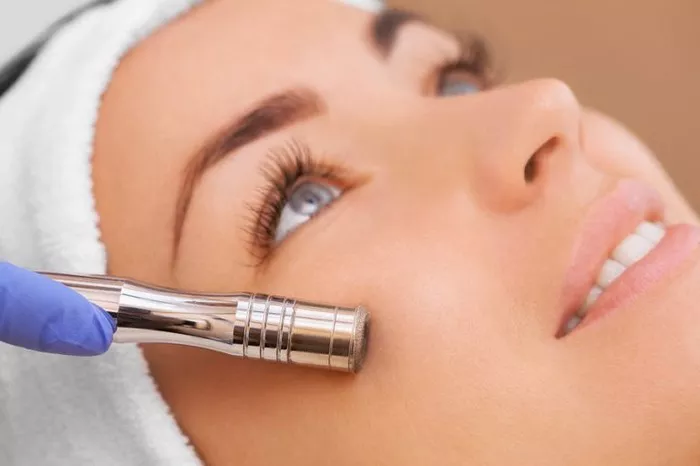Advancements in medical aesthetics have brought forth a range of innovative treatments to combat the signs of aging. Among these, laser treatments have emerged as a popular and effective solution for addressing wrinkles and fine lines. With various laser technologies available, it’s essential to understand which laser treatment is the most effective for wrinkles. In this article, we delve into the world of laser treatments, exploring their benefits, different types, and considerations for choosing the most suitable option.
The Role of Laser Treatments in Wrinkle Reduction
Laser treatments have revolutionized the field of cosmetic dermatology by offering non-invasive or minimally invasive options to rejuvenate the skin. These treatments work by stimulating collagen production, targeting damaged skin cells, and promoting skin renewal. Collagen, a protein responsible for skin elasticity and firmness, naturally declines with age, leading to the formation of wrinkles. Laser treatments help counteract this process by encouraging the skin to produce more collagen, resulting in smoother, tighter, and more youthful-looking skin.
Different Types of Laser Treatments
Fractional CO2 Lasers: These lasers use a carbon dioxide laser to deliver energy in a fractionated manner. The laser creates micro-injuries in the skin, triggering the body’s healing response and collagen production. Fractional CO2 lasers are effective for reducing wrinkles, scars, and pigmentation irregularities.
Erbium Lasers: Erbium lasers are another type of fractional laser that can target superficial and moderately deep wrinkles. They have a shorter downtime compared to CO2 lasers, making them a popular choice for individuals seeking less recovery time.
Non-Ablative Lasers: Non-ablative lasers, such as Nd:YAG and pulsed dye lasers, work by delivering heat to the deeper layers of the skin without removing the outer layer. They stimulate collagen production and can improve mild to moderate wrinkles and skin laxity.
Fractional Radiofrequency (RF) Lasers: These lasers combine RF technology with fractional delivery to promote collagen remodeling and skin tightening. They are effective for treating wrinkles and improving skin texture.
Choosing the Most Effective Laser Treatment
The effectiveness of a laser treatment for wrinkles depends on various factors, including the individual’s skin type, the severity of wrinkles, and the downtime they can afford. Generally, more aggressive lasers like fractional CO2 and erbium lasers offer significant results but may require more downtime for healing. Less aggressive lasers like non-ablative lasers and fractional RF lasers provide gradual improvements with minimal downtime.
It’s important to consult with a qualified dermatologist or medical professional before undergoing any laser treatment. They can assess your skin’s condition, discuss your goals, and recommend the most suitable laser treatment based on your unique needs and preferences.
Benefits and Considerations
Visible Results: Laser treatments can provide visible results in terms of wrinkle reduction and skin texture improvement.
Minimal Invasiveness: Most laser treatments are minimally invasive, involving little to no incisions or injections.
Customization: Dermatologists can tailor laser treatments to each patient’s specific concerns, targeting wrinkles effectively.
Downtime: Depending on the type of laser used, downtime can vary from minimal redness to a few days of recovery.
Conclusion
Laser treatments have become a game-changer in the field of aesthetics, offering effective solutions for wrinkles and other signs of aging. The choice of the most effective laser treatment for wrinkles depends on various factors, including the individual’s skin condition, desired results, and tolerance for downtime. Consulting with a skilled dermatologist is essential to determine the most suitable treatment option and achieve optimal outcomes. As with any cosmetic procedure, informed decision-making and professional guidance are key to achieving the desired rejuvenation and wrinkle reduction.


